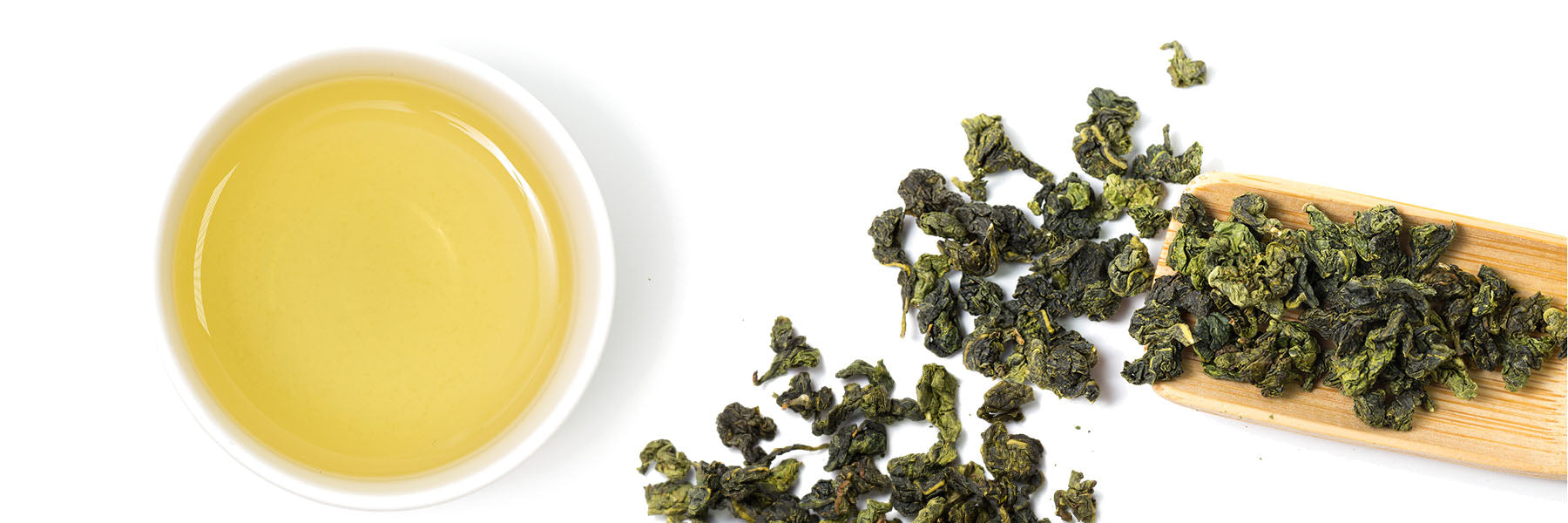Origin of LongJing (Dragon Well) Green Tea

LongJing (Dragon Well) tea is originated from the vicinity of Longjing village in West Lake District, Hangzhou city, Zhejiang Province. Longjing teas from this region are named West Lake Longjing.
West Lake LongJing tea is one of the ten famous teas in China, which is Chinese traditional cultural and historical tea. Since the demand of West Lake Longjing tea is gradually increasing each year from last century, the production has extended outward caused that the newly revised standardization of Longjing tea was redrawn in 2008 against tea origins.
To avoid misunderstanding by consumers, The National Control has standardized Longjing tea into three major productions by their regions: West Lake, QianTang, and YueZhou. West Lake Longjing can only be named for Longjing cultivated and produced from West Lake Region. QianTang and YueZhou productions cannot be named with “West Lake”, instead, can only be named Zhejiang Longjing or just Longjing.
The production of West Lake Longjing tea only occupies 10% of total amount of all Longjing tea productions. West Lake Production Regions again are mainly divided into primary and secondary production area. ShiFeng, LongJing, YunXi, HuPao and MeiJiaWu are five majorities of primary production areas.
Shi Feng Production Area
Shi Feng Longjing teas are including Longjing teas from ShiFeng Mt. Longjing Village and QiPang Mt. as well as ShangTianZhu, the ancestral origin of Longjing tea. ShiFeng production areas are rich in loose soil, lush vegetation and misty clouds, forming the most suitable environment for the growth of longjing tea tree. The overall tea quality of ShiFeng longjing is the best of the five primary productions.
Longjing Produciton Area
These are including Longjing Mt. WenJia Mt. YangMeiLing, ManJueLong and BaiHeFeng areas. The environment of this production area is very similar to ShiFeng Production area; especially Longjing tea from BaiHeFeng area is definitely comparable to ShiFeng Longjing.
YunXi Production Area
These areas are ranged from YunXi, WuYun Mt. and LangDangLin in the south of five primary production areas. YunXi area is densely covered by bamboo forests where the soil is extremely fertile, temperature and humidity is very suitable for tea to grow. The quality of this tea is unique that the buds of longjing tea are plump, and rich in both nutrients and microelements.
HuPao Production Area
HuPao Production Area is including the area of HuPao, SiYanJing, ChiShanBu and SanTaiShan. A rumor was praised widely door by door since ancient times as “water of HuPao and tea of LongJing”. A good tea is born from good quality of water. The water quality in HuPao is best for tea that contains rich in potassium, zinc, magnesium and other rich minerals. Longjing tea from this area has features of pleasant aroma and outstanding fresh taste.
MeiJiaWu Production Area
Known as Village of Tea Culture, was original one of YunXi Production area. After PR of China was established in 1949, this tea production has expanded rapidly. Nowadays, MeiJiaWu produces one third of five primary West Lake Longjing teas. The characteristic of MeiJiaWu Longjing tea has an appearance of emerald green color and fresh fragrance from dry tea leaves.
Excluding the primary production areas, other Longjing teas produced in West Lake Production Region are all secondary production areas. These areas are included but not limited to LongWu Township, LiuXia Township, ZhuanTang Township and ZhouPu Township.
QianTang and YueZhou Production Region
QianTang Region produces about 30% of total production of longjing tea. The production areas include XiaoShan, YuHang, FuYang, LinAn, TongLu, JianDe, ChunAn and other areas.
YueZhou production Region produces 60% of total production of longjing tea. Its production areas include ShaoXing, ZhuJi, ShengZhou, XinChang, ShangYu, DongYang, PanYang, Tiantai, etc.











